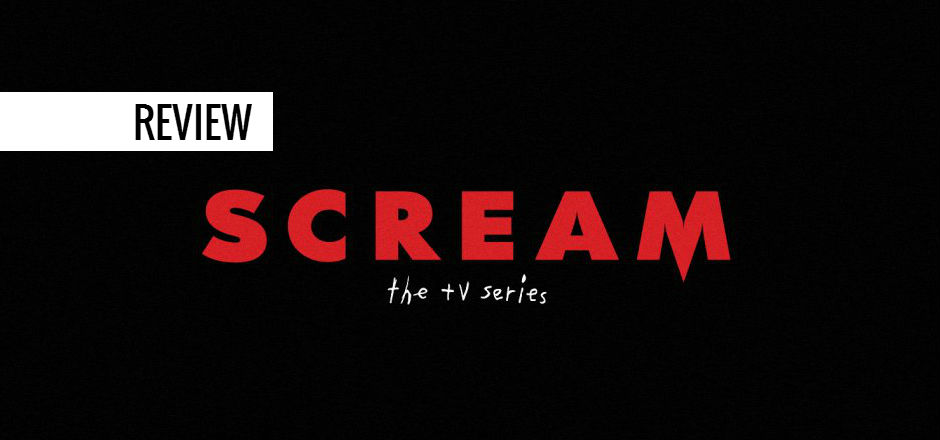I’m guilty of watching a lot of bad television. I’ll watch an episode of Storage Wars or American Pickers any day of the week. I get my share of mindless entertainment. I like rooting for fictionalized reality-TV characters and I get wrapped up in their successes and their failures. I don’t have to pay attention to these shows, and I could watch any episode on any given day from any given season, and the premise remains the same. Sometimes I play re-runs while I’m doing chores around the house, or when I’m trying to fall asleep.
I don’t always pay attention to what I’m watching, but when I do I need something heavier. I need something that’ll keep me up.
I need Fringe.

Poster from Fox’s Fringe.
Fox’s Fringe follows FBI agent Olivia Dunham and her “consultants”: the eccentric genius Walter Bishop and his well connected but mysterious son, Peter. Together, the three make up the Fringe Division responsible for investigating abnormal cases, ranging from hybridized lab animals to computer virus videos, which eat away at the viewer’s brain. At first, Dunham and her colleagues don’t know what to make of these bizarre and seemingly random events. But once the cases begin to occur with increased frequency, the three of them begin to uncover what is referred to as The Pattern, a subtle, but linking thread. The events Dunham once thought were random make up a larger scheme she is only beginning to comprehend.
In the first episode of the series, we see Olivia Dunham marginalized and patronized because she a woman. While Dunham is an established FBI agent, she is left out of a gruesome crime scene investigation, one that falls into the jurisdiction of Fringe Division.
The commanding officer of Fringe Division, Phillip Broyles, implies she isn’t fit to see the crime scene. Dunham watches as her male colleagues suit up in haz-mats, but not for long. Dunham, with a bit of prodding, convinces Broyles to let her into the crime scene.
Dunham is quick to act with her gut, but she prides herself for her passion. She feels that without it, she wouldn’t be able complete the task at hand so effectively.
Instead of being sent to the primary source of the action, Dunham is sent to investigate a dead-end lead. Broyles calls her ‘Honey’ on a several occasions and Dunham simply puts up with it because she knows she has the strength to succeed.
Much to Broyles’ surprise, the dead-end lead turns out to be critical to solving the case and Olivia Dunham gains some credibility. The season continues with setbacks, but eventually Dunham gains footing in her office, becoming the go-to agent involved with Fringe Division cases.
Fringe implants itself in my mind because of its multidimensional characters. Olivia Dunham becomes exponentially more complex as the plot forwards. In fact, Dunham’s complexity is directly correlated with the events taking place in the show. As more plotholes are filled and simultaneously uncovered, the same changes takes place in Dunham’s psyche and personal life. Without giving too much away, Agent Dunham begins to discover her involvement with The Pattern.
I’ll admit I’m only partway through the series’ second season, but I have a feeling I’m only starting to uncover the mysteries of Fringe. Something about the show keeps me on edge and my imagination has become more intense because of it. It puts me in a sci-fi realm where I can’t help but wonder: could this really happen? I used to sleep well. Since I started watching Fringe I’ve had a few nights I’ve considered leaving the light on, of at least digging out an old nightlight.
Alan is a staff writer for Girls in Capes. He holds degrees in psychology and creative writing from the University of Toledo.





